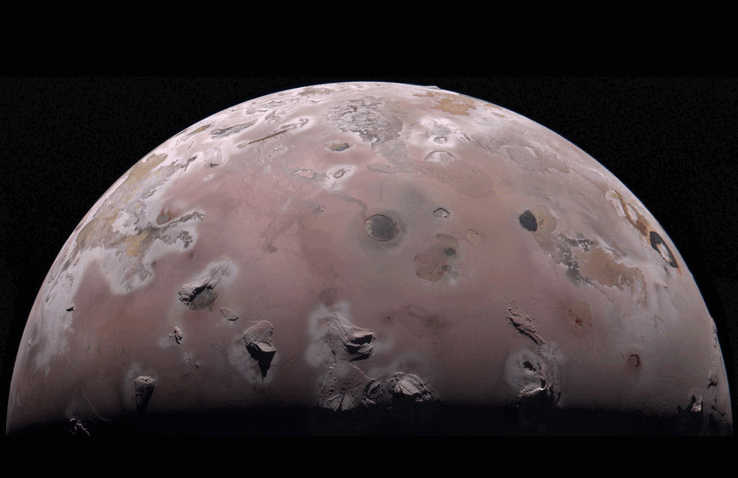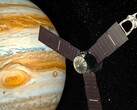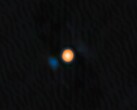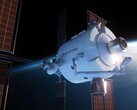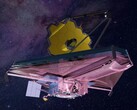JunoCam, the imaging device of the Juno spacecraft, encountered problems while orbiting Jupiter. NASA noticed a problem when JunoCam returned images with graininess and horizontal lines during Juno’s 47th orbit. While NASA suspected the culprit was radiation, fixing it from such great distance was a big ask.
The Juno team, with very few options on the table, attempted to repair it by raising the camera’s temperature — a process commonly known as annealing. Expectations from the procedure were not certain before execution. JunoCam's imaging engineer, Jacob Schaffner, admitted that the team waited with “bated breath” to see the results.
Impressively, the images improved significantly as Juno continued around Jupiter’s orbit. However, deeper travels into Jupiter’s harsh radiation fields caused JunoCam to develop issues again. But further annealing cleared up the images, they became almost as sharp as they were on the very first day of the camera’s launch. When Juno came within 930 miles (1,496.69 kilometers) of Jupiter’s volcanic moon, Io, on December 30, 2023, it captured flawless images. JunoCam captured detailed images revealing never-before-mapped volcanoes with vast lava flow fields.
The successful rescue experiment is paving the way for wider use of the technique across other Juno instruments and subsystems. “Juno is teaching us how to create and maintain spacecraft tolerant to radiation,” said Scott Bolton, Juno’s principal investigator from the Southwest Research Institute in San Antonio. He also added that the insights from Juno will benefit satellites in the Earth’s orbit.
For those looking to observe Jupiter and other planets themselves, the Celestron StarSense Explorer LT 114AZ (curr. $239 on Amazon) is a solid choice. Its 114 mm aperture gathers enough light to reveal Jupiter’s cloud bands, its four largest moons, and even hints of the Great Red Spot under good viewing conditions.





